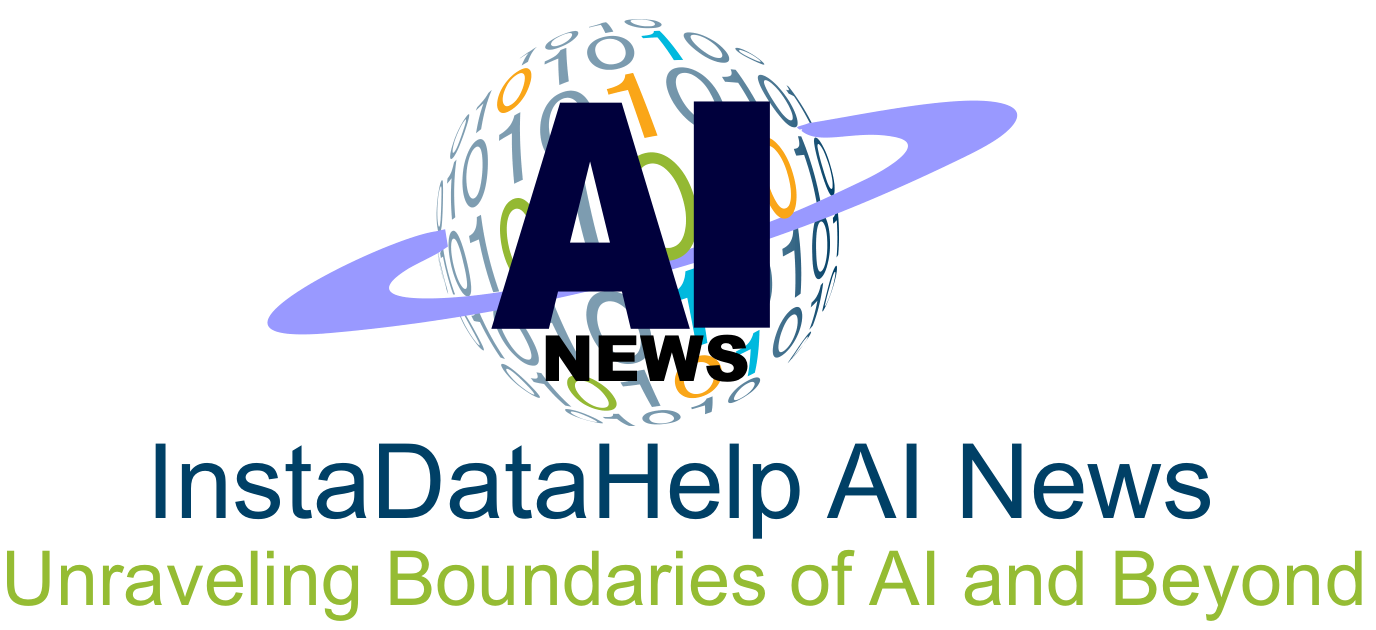Artificial intelligence (AI) is rapidly becoming a ubiquitous part of our lives. AI systems are used to make decisions about everything from what we see in our social media feeds to whether we are approved for a loan. As AI systems become more powerful, it is becoming increasingly important to consider the ethical implications of their use.
What is bias in AI?
Bias in AI refers to the systematic errors that can occur in machine learning algorithms, resulting in unfair or discriminatory outcomes. Bias can be introduced into AI systems in a number of ways, including:
- The data used to train the algorithm may be biased, reflecting the biases of the people who collected or created the data.
- The algorithm itself may be biased, if it is designed to favor certain groups of people over others.
- The way that the algorithm is used may be biased, if it is deployed in a way that disproportionately affects certain groups of people.
It is one of the most pressing ethical challenges associated with AI. The AI systems are trained on data, and if that data is biased, then the system will be biased as well. This can lead to discrimination against certain groups of people, such as those of a particular race, gender, or socioeconomic status.
Another ethical challenge associated with AI is the issue of fairness. AI systems should be fair in their decision-making, regardless of the individual’s race, gender, socioeconomic status, or other personal characteristics. However, it can be difficult to ensure that AI systems are fair, especially when they are trained on large amounts of data that may contain biases.
For example, a study by Google found that its facial recognition algorithm was more likely to misidentify black people than white people. This is likely due to the fact that the algorithm was trained on a dataset that was predominantly white.
The implications of bias in AI
Bias in AI can have a significant impact on people’s lives. For example, a biased algorithm used to make hiring decisions could lead to discrimination against certain groups of people. A biased algorithm used to set bail could lead to people of color being incarcerated at higher rates than white people. And a biased algorithm used to make loan decisions could make it more difficult for people from low-income communities to access credit.
The ethical challenges associated with AI are complex and there is no easy solution. However, there are a number of strategies and best practices that can be used to mitigate bias, ensure fairness, and promote transparency in AI technologies. Some of them are as follows :
- Using unbiased data: It is important to use unbiased data to train AI systems. This means ensuring that the data is representative of the population that the system will be used on.
- Monitoring for bias: Once an AI system is deployed, it is important to monitor it for bias. This can be done by tracking the system’s decisions and looking for patterns of discrimination.
- Ensuring fairness: AI systems should be designed to be fair in their decision-making. This means ensuring that the system does not discriminate against any particular group of people.
- Promoting transparency: AI systems should be transparent in their decision-making. This means that users should be able to understand how the system works and why it made a particular decision.
By following these strategies and best practices, developers, policymakers, and businesses can help to ensure that AI systems are used in an ethical and responsible way.
Actionable insights for developers, policymakers, and businesses
- Developers: Developers should be aware of the ethical challenges associated with AI and should take steps to mitigate bias and ensure fairness in their systems. This includes using unbiased data, monitoring for bias, and designing systems to be fair.
- Policymakers: Policymakers should develop regulations that promote ethical AI development and use. These regulations should address issues such as bias, fairness, and transparency.
- Businesses: Businesses should adopt ethical AI practices. This includes using unbiased data, monitoring for bias, and designing systems to be fair. Businesses should also be transparent about how they use AI and should provide users with control over their data.
By taking these steps, we can help to ensure that AI is used in a way that benefits society and does not harm individuals or groups.
Best practices for ethical AI
In addition to the strategies for mitigating bias, there are a number of other best practices that can be followed to ensure that AI is developed and used in an ethical way. These include:
- Transparency: AI systems should be transparent, so that people can understand how they work and how they make decisions. This can help to build trust and accountability.
- Explainability: AI systems should be explainable, so that people can understand why they make the decisions they do. This can help to reduce the risk of bias and unfairness.
- Accountability: There should be clear accountability for the development and use of AI systems. This can help to ensure that AI is used in a responsible way.
Overall, the development and use of AI raises a number of ethical challenges, including the potential for bias and unfairness in algorithmic decision-making. By following the strategies and best practices outlined in this article, developers, policymakers, and businesses can help to ensure that AI is developed and used in an ethical way.
